Planning ahead can save you a lot of headaches. Planning out a Koi pond design is a big project even before you turn the first shovel of dirt. Save yourself time, effort and bucks by doing the right way.
The shape of your pond is an important aspect of design. Many factors impacting the design of the pond you won't be able to control. Certainly there will be existing landscape features, structures on the property, grade and slope of the property, etc. that will have to be considered. Always lay out several potential designs with rope or garden hose and view them from all angles. Make sure you view them from inside as well as outside and from second stories that may overlook the pond.
The depth of your pond is a critical consideration for several reasons. Koi get to be big fish. They can grow 3 to 6 inches a year. They need room to swim not only laterally but up and down as well. You need to have a minimum depth of 4 feet. Ideally, 6 to 8 feet will give your fish all the room they will need. This greater depth also helps to stabilize the water temperature being cooler in the summer and warmer in the winter months.
With a larger pond you have more Koi fish, but there are always limiting factors. Don't make your pond smaller than 6 ft. by 9 ft. by 4 ft. deep. A pond this size will hold about 1600 gallons of water. Remember in planning the depth of the pond, allow for about 6 inches from the waterline to the top edge.
The best Koi pond design concept to keep in mind is "keep it simple." A very simple design will allow for better water movement and thus better filtration. A very complex design may look spectacular, but cause other problems when it comes to keeping it clean. Keeping your pond chemically balanced is critical to the health of your fish. A simple design will make this much easier.
The best shape for your Koi pond is just a rectangular or oblong pond. This shape is the easiest to keep clean because it can accommodate multiple drains. A pond like this will have no dead areas with poor water circulation.
The location of your pond is everything. Poor location can mean les enjoyment of your pond and your fish. Think about it carefully. Make sure it is the focal point of your garden or backyard.
The perfect location will take into account several points. A pond with no shade will foster rapid algae growth. Don't let this happen. If it's located under a tree it will collect plant debris which if not cleared frequently will affect the acidity of the water. This can be harmful to the fish. Tree roots can often crack concrete ponds or pierce pond liners. Don't let your pond fill with large amounts of rain water runoff. Always make sure the pond is far enough away from any plantings that will require spraying with harmful insecticides.

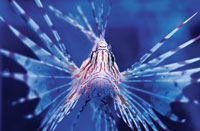 Invasive Aquatic Species
Last column, we discussed invasive species and the potentia
Invasive Aquatic Species
Last column, we discussed invasive species and the potentia
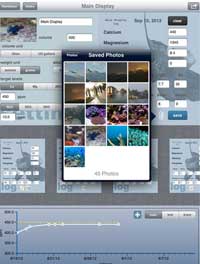 Reefdoser Pro for iPad Ships
Reefdoser Pro for iPad Ships
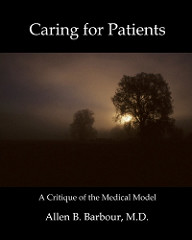 Useful Idea For Stronger Nutrition And Wellness
It truly does show when you take time to create a proper no
Useful Idea For Stronger Nutrition And Wellness
It truly does show when you take time to create a proper no
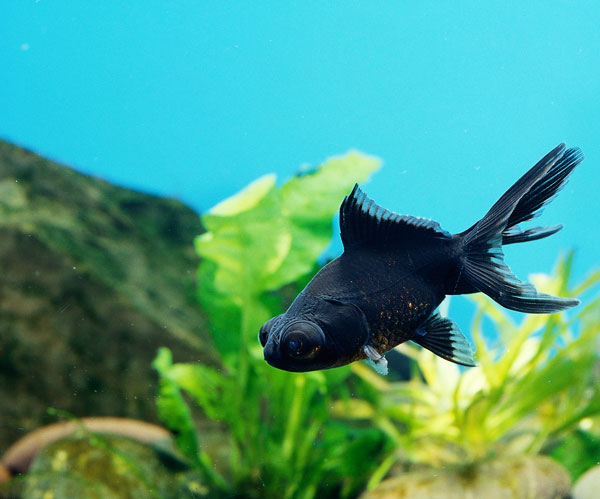 Fish and Fungus
Black Moor Q. I have two large black moor goldfish, one larg
Fish and Fungus
Black Moor Q. I have two large black moor goldfish, one larg
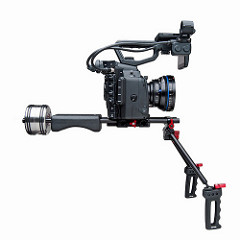 Catch More Salmon - Follow These Simple To Implement Techniques
FLAT Rigs outriggers, shock cord snubber, and rigging kit i
Catch More Salmon - Follow These Simple To Implement Techniques
FLAT Rigs outriggers, shock cord snubber, and rigging kit i